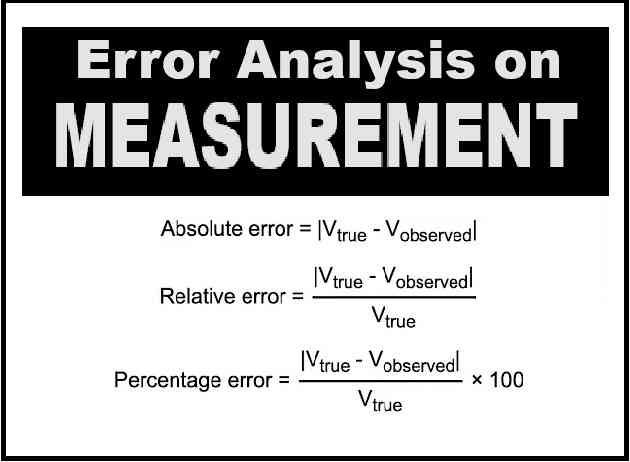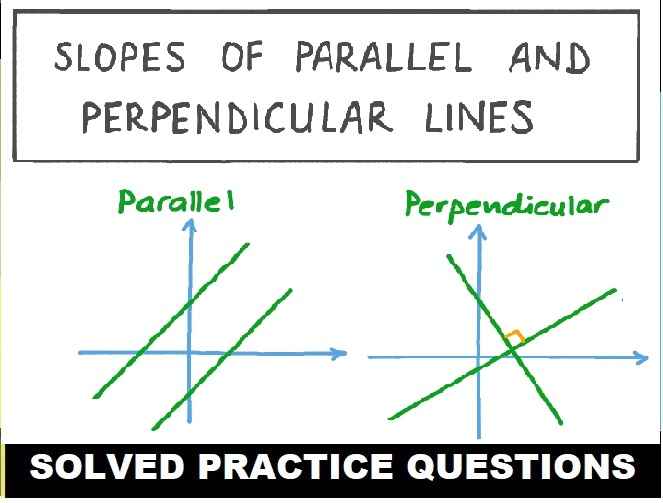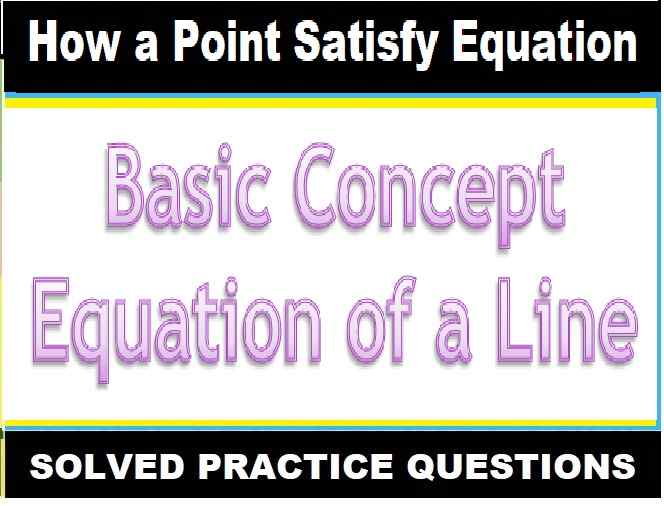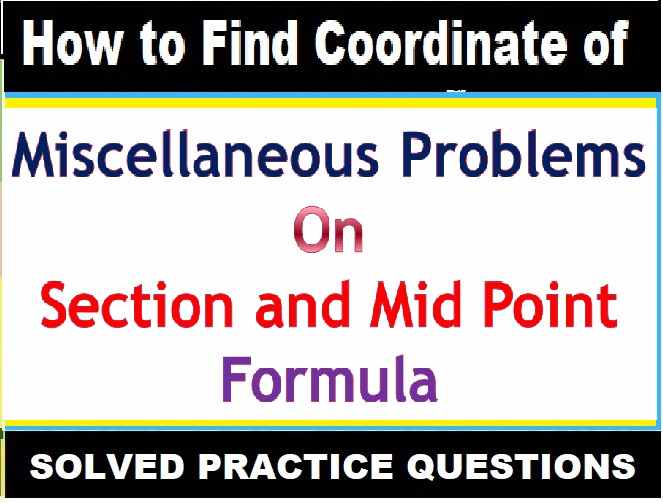Numerical on Error Analysis Class 11 Physics ISC Nootan Solutions Ch-2. Step by step solutions of Kumar and Mittal Physics of Nageen Prakashan as council latest prescribe guideline for upcoming exam. Visit official Website CISCE for detail information about ISC Board Class-11 Physics.

Numerical on Error Analysis Class 11 Physics ISC Nootan Solutions
| Board | ISC |
| Class | 11 |
| Subject | Physics |
| Book | Nootan |
| Chapter-2 | Unit and Measurement |
| Topics | Solved Numerical on Error Analysis |
| Academic Session | 2024-2025 |
Solved Numerical on Error Analysis
( Class 11 ISC Physics Ch-2 Unit and Measurement Nootan Solutions)
Que-18: In successive experimental measurements, the refractive index of glass turned to be 1.54, 1.45, 1.53, 1.56, 1.44, 1.54.
Compute (i) mean refractive index (ii) mean absolute error, (iii) fractional error, (iv) percentage error. (v) Express the refractive index with the error limits.
Sol: We can simply solve the numerical problem by following the steps below.
We know that,
Glass refractive indices were found to be 1.45, 1.56, 1.54, 1.44, 1.54, and 1.53.
(i) Mean (X) = (1.45+1.56+1.54+1.44+1.54+1.53)/6
= 9.06/6
= 1.51
Thus, the mean of the observations is 1.51.
(ii) Mean absolute error (X’) = √ ((1/6) ∑ (x₁-x)²)
= 0.04
As a result, the mean absolute error is computed to be 0.04.
(iii) Relative or fractional error = X’/X
= 0.04/1.51
= 0.026
= 0.03
As a result, the relative or fractional inaccuracy is 0.03.
(iv) Percentage error = relative error x 100 percent
= 0.03 x 100 percent
= 3 percent
(v) the refractive index with the error limit is 1.51±0.04. Ans.
Que-19: The measured length of two rods are recorded as (35.2±0.1) cm and (16.8±0.1) cm . Write the sum of the lengths of two rods with error limits.
Sol: L1 = 35.2 L2 = 0.1
l1 =16.842 L2 = 0.2
l1+l2= (35.2+16-8) ±(0.1+0-2)
52.0±0.3 cm. Ans.
Que-20: The initial and final temperatures of a liquid place on a heater are recorded as (30.6±0.2) and (68.3±0.1) respectively. Calculate the rise in temperature with error limits.
Sol: rise in temp =(68.3±1)-(30.6±0.2)=37.7±0.3 errors always added.
Que-21: The radius of a sphere is expressed as (5.3±0.1)cm . Find the percentage error in the volume of the sphere.
Sol: r = 5.3±0.1.1.
△r/r *100% = 0.1/5.3 * 100%
now V = 4/3πr2
△۷/v *100%= 3△r/r x100%.
by error formula = {4/3π in constant and errorless}
△v/v×100 = (3×0.1/5.3)x100% = 5.7% Ans.
Que-22: The measured value of mass, length, breadth and thickness of a rectangular block are 39.3g, 5.12cm, 2.56cm and 0.37cm respectively. Find the maximum permissible percentage error in the determination of the density of the material of the block.
Sol: we know
Density = mass*volume
m/Lbh =
Max percentage error in density:
△d/d × 100 = (△m/m)×100) + (△l/l)(x100) + (△b/b*100) + (△h/h*100)
= ( 0.1/39.3 × 100)+(0.01/5.12 ×100) +(0.01/2.56 ×100)(0.01/0.37*100)
= 3.54% Ans.
Que-23: A physical quantity S is given by s = (a^2 b^3)/c√d.
If errors of measurements in a, b, c, d and 4%, 2%, 3%, 1% respectively, find the percentage error in the value of S.
Sol: S = a² b^3/c√d
According to formula
100% x △s/s = (2△a/a +3△b/b +△c/c + △d/2d) x 100%
△s/s x 100% = 2×4%+3×2% +3%+1/2 x 1%.
S = 8%+6%+3%+0.5 =17.5% Ans.
Que-24: The radius of curvatures of a concave mirror, measured by a spherometer, is given by R= (l^2/6h) + (h/2). The value of l and h are 4.0 cm and 0.065 cm respectively, where l is measured by a meter scale and h by a spherometer. Find the percentage error in the measurement of R.
Sol: The error in the radius would be ΔR = 3.31
Explanation:
Given that,
The value of l = 4 cm
The value of h = 0.065 cm
The radius of curvature of concave mirror
R = (l^2/6h) + (h/2)…..(I)
Put the value of i and h in the equation (I)
R = (4^2/6×0.065 + 0.065/2)
R = 41.05 cm
The corresponding error equation would be
ΔR/R = 2Δl/l + Δh/h + Δh/h
We know that,
The least count of meter scale = 0.1 cm
The least count of spherometer =0.001 cm
Now, we substitute the value in the above equation
ΔR = Rx(2Δl/l + Δh/h + Δh/h)
ΔR = 41.05x(2×0.1/4 + 0.001/0.065 + 0.001/0.065)
ΔR = 3.31
Hence, The error in the radius would be ΔR = 3.31
Percentage error in the measurement R = △R/R*100
= (3.31/41.05)* 100 = 8% Ans.
Que-25: A force of (2500±5)N is applied over an area of (0.32±0.02)m^2. Calculate the pressure exerted over the area.
Sol: Pressure = Force/Area = 2500/0.32
= 7812.5 N/m²
△P/P = △F/F + △A/A
{(5/2500) + (0.02/0.32)} = .0645
△P = .0645 x 7812.5
△P = 503.9 N/m²
Pressure required
= (7812.5 ± 503.9) N/m² Ans.
Que-26: In an experiment to determine the specific resistance p of a material, the following data was obtained. resistance R = (64±2) ohm, ;length l = (156.0±0.1)cm, radius r = (0.26±0.02)cm. Given p = (πr^2R)/l, find the percentage error in p.
Sol: Now, let’s calculate the absolute errors for R, l, and r using the given uncertainties:
Absolute error in R = ±2 ohm
Absolute error in l = ±0.1 cm
Absolute error in r = ±0.02 cm
Substituting these values into the respective derivative equations:
Δp_R = |p/R| * ΔR = (πr²/l) × 2 ohm
Δp_l = |p/l| * Δl = (πr²R/l²) × 0.1 cm
Δp_r = |p/r| * Δr = (2πrR/l) × 0.02 cm
Now, let’s calculate the measured value of p using the given values:
=> p = πr²R/l
Calculating the percentage errors for each variable:
Percentage error in R = (Δp_R / p) × 100
Percentage error in l = (Δp_l / p) × 100
Percentage error in r = (Δp_r / p) × 100
Adding the percentage errors for R, l, and r to find the total percentage error:
Percentage error in p = Percentage error in R + Percentage error in l + Percentage error in r
Substituting the given values and calculated uncertainties into the equations and performing the calculations, we find:
Percentage error in p ≈ 18.52%
Therefore,
The percentage error in p is approximately 18.52%.
Que-27: The voltage across a lamp is (6.0±0.1) volt and the current passing through it is (4.0±0.2) ampere. Find the power consumed with error limits.
Sol: △P ={(△V/V) +(△VI/I)} X P
{(0.1/0.2 + (6.0/4)}× 24
= (0.016 + 0.05) × 24 = 1.6 watt.
.. Power consumed by lamp = (24±1.6) watt Ans.
Que-28: The centripetal force on a particle moving along circular path is given by F = (mv^2)/r. The mass (m), velocity (v), and radius (r) of circular path of an object are 0.5 kg, 10m/s and 0.4m respectively. If m, v, and r are measured with an accuracies of 0.01 kg, 0.01m/s and 0.01m respectively, then what is the percentage error in the centripetal force?
Sol: F = (mv^2)/r
△F/F = △m/m + 2△v/v + △r/r
△F/F = (0.01/0.5)+2(0.01/10)+(0.01/0.4)
= 0.046
Percentage error = △F/F × 100%
= 0.046 x 100% = 4.6% Ans.
— : end of Numerical on Error Analysis Class 11 Physics ISC Nootan Ch-2 Unit and Measurement :–
Return to : – Nootan Solutions for ISC Class-11 Physics
Thanks
Please Share with your friends if helpful


